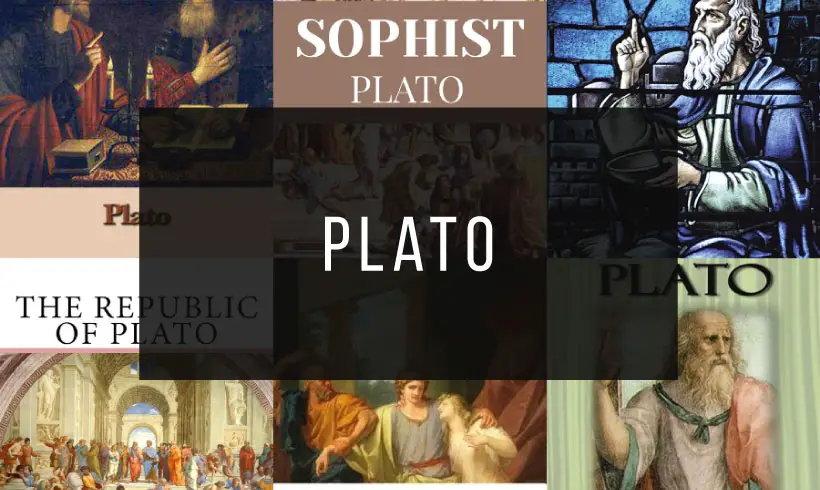Discover the fascinating philosophy of Plato with our selection of free Plato books in PDF.
Plato was a prominent philosopher of ancient Greece, known for his ideas on knowledge, reality, and justice. His dialogues and works have deeply influenced Western philosophy and remain relevant today.
Explore Plato’s ideas and theories through our collection of books, covering his most famous dialogues. Immerse yourself in the wisdom of one of the great masters of philosophy.
Don’t miss the opportunity to enhance your understanding of philosophy and delve into the world of Plato.
Explore our collection of free Plato books in PDF and delve into the intellectual legacy of one of the most influential thinkers in history.
1) Republic
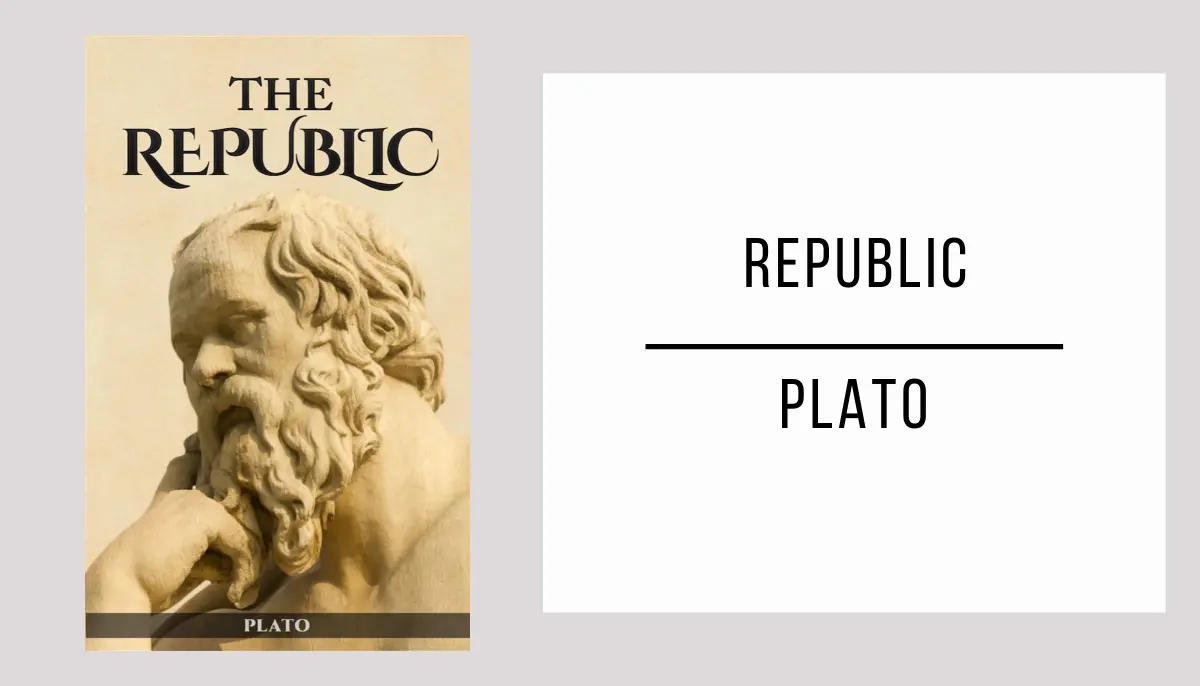
Republic is a philosophical masterpiece that challenges and questions conventional notions of justice and government, transporting us to an intellectually stimulating and provocative utopia.
Exploring themes such as the nature of justice, virtue, and political structure, Plato’s Republic invites us to reflect on the role of philosophy in the pursuit of a perfect society.
Immerse yourself in the depths of Plato’s philosophical thought with Republic, an essential read that will challenge your preconceived ideas and inspire you to explore the foundations of society and ethics.
2) The Symposium
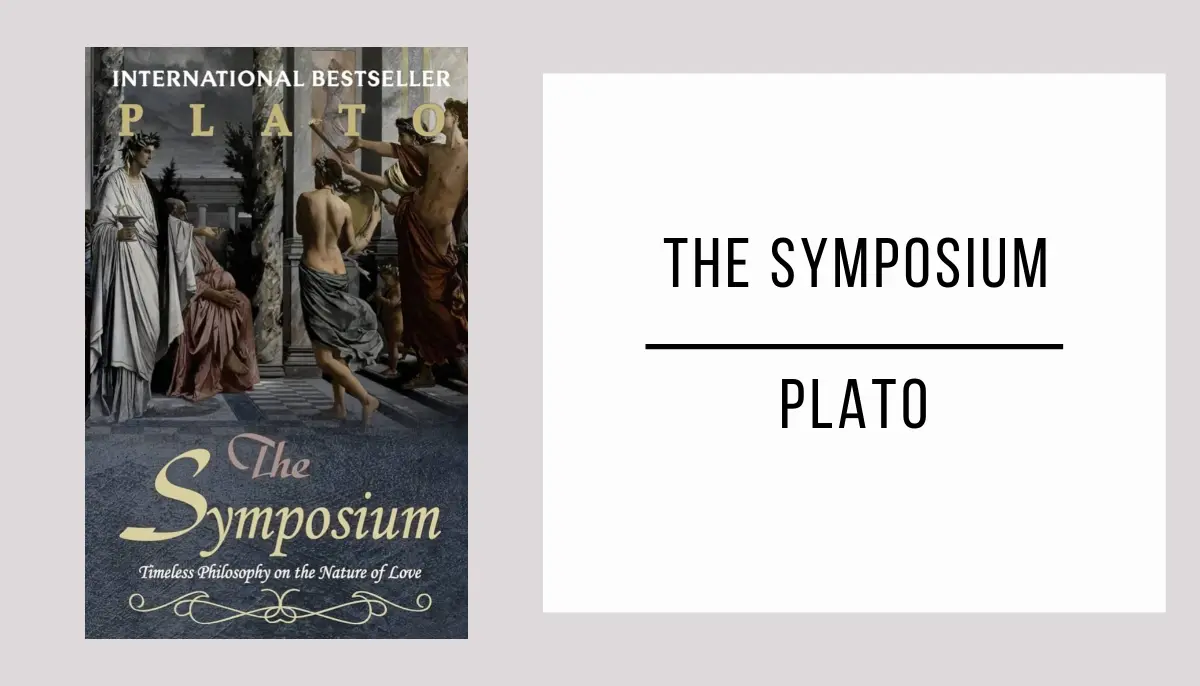
The Symposium is a fascinating philosophical dialogue by Plato that explores love and human nature in an unparalleled intellectual feast.
In The Symposium, Plato examines themes such as love, beauty, and the pursuit of truth, offering different perspectives and reflections that invite deep contemplation.
Immerse yourself in Plato’s brilliant ideas and be captivated by the timeless wisdom of The Symposium. Discover why this masterpiece remains relevant and captivating to this day.
3) Phaedo
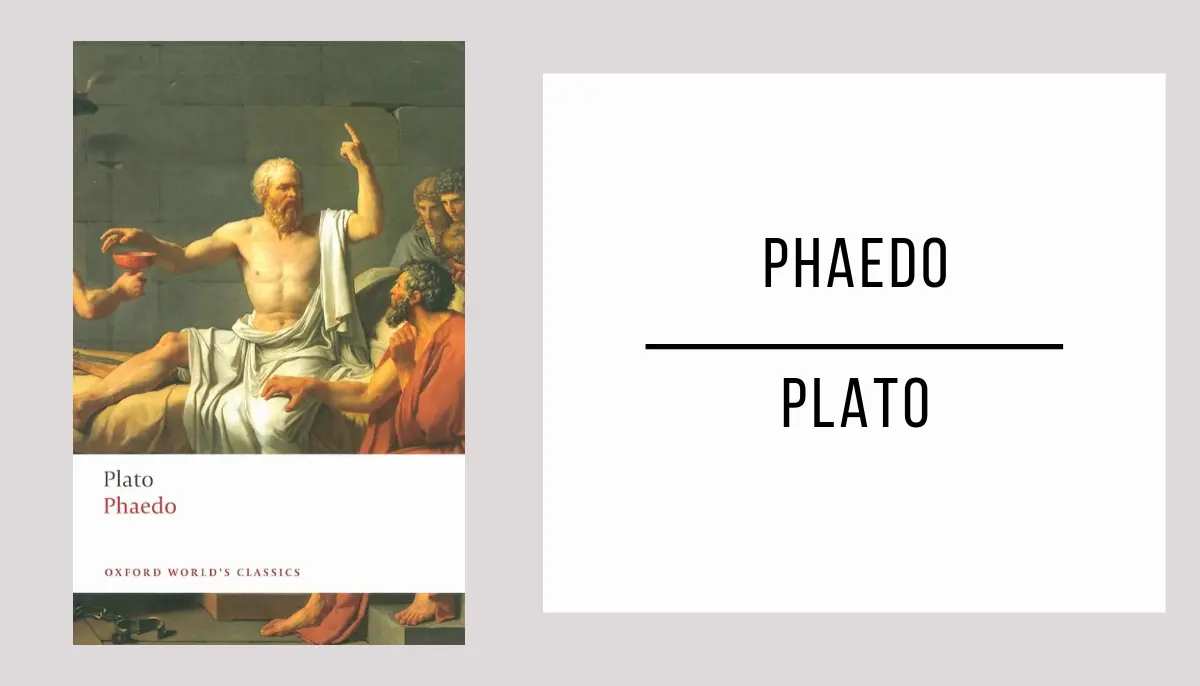
Phaedo is an intriguing philosophical dialogue written by Plato that explores the immortality of the soul and the pursuit of transcendental knowledge.
In Phaedo, Plato addresses fundamental themes such as the duality between the body and the soul, the existence of a world of Ideas, and the importance of philosophy as preparation for death.
Through captivating dialogues, Phaedo invites us to reflect on the nature of our existence and the meaning of life.
4) Gorgias
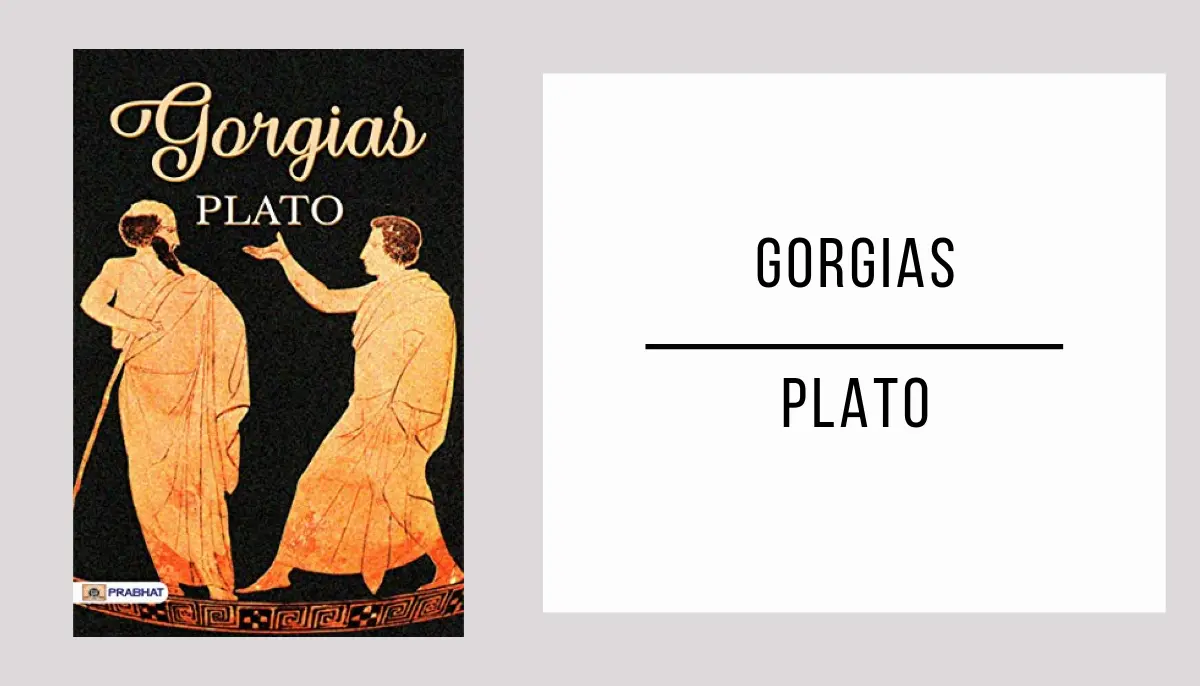
Gorgias is a philosophical dialogue that questions rhetoric and persuasive power. Discover how Socrates challenges the sophists in a pursuit of truth and virtue.
This book explores themes such as the nature of rhetoric, justice, and the relationship between power and morality. Plato criticizes rhetorical manipulation and advocates for the importance of wisdom and ethics.
Immerse yourself in Gorgias and uncover the fascinating confrontation between Socrates and the sophists. This dialogue will challenge you to reflect on true wisdom and the power of discourse.
5) Timaeus
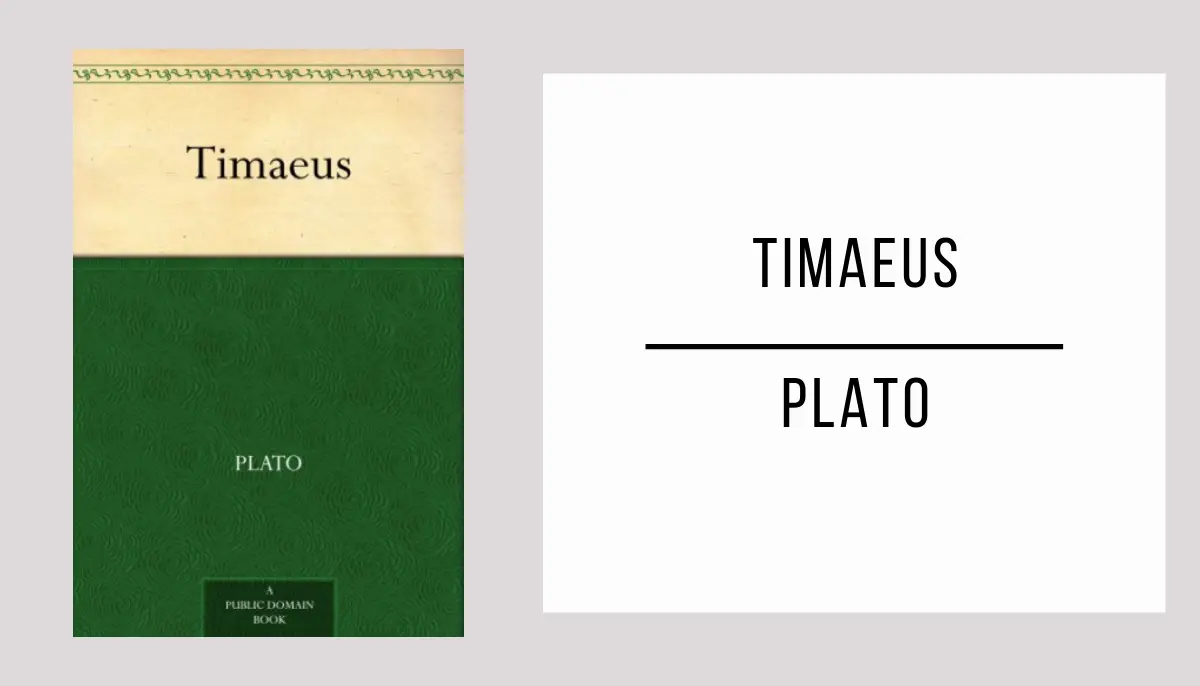
Timaeus is a captivating philosophical dialogue that explores the nature of the universe and the existence of a divine creator. Immerse yourself in the depths of Plato’s thinking as you delve into this fascinating dialogue.
Through its pages, Plato addresses fundamental themes such as the structure of the universe, the relationship between the sensible world and the world of ideas, and the nature of human knowledge. A profound analysis that invites reflection on reality and existence.
Don’t miss the opportunity to delve into the mind of one of the most influential philosophers in history. Timaeus will challenge you to question your own beliefs and take you on a passionate intellectual journey.
6) The Greater Hippias
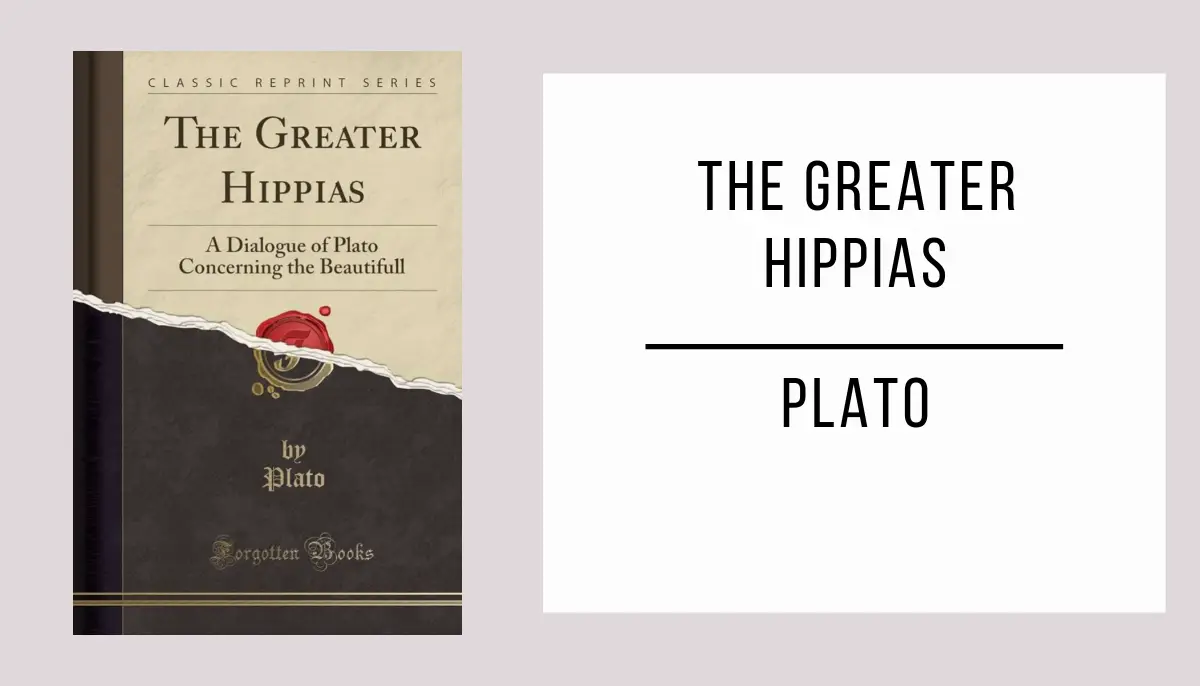
The Greater Hippias is a fascinating philosophical dialogue written by Plato that explores the nature of beauty and goodness through conversations between Socrates and the sophist Hippias.
In this book, Plato immerses us in a profound reflection on the pursuit of truth, questioning social conventions, and challenging preconceived ideas about virtue and beauty.
Don’t miss the opportunity to delve into the world of classical philosophy with The Greater Hippias. Through its intellectually stimulating dialogue, it invites you to question your own beliefs and discover new perspectives on the essence of beauty and virtue.
7) Crito
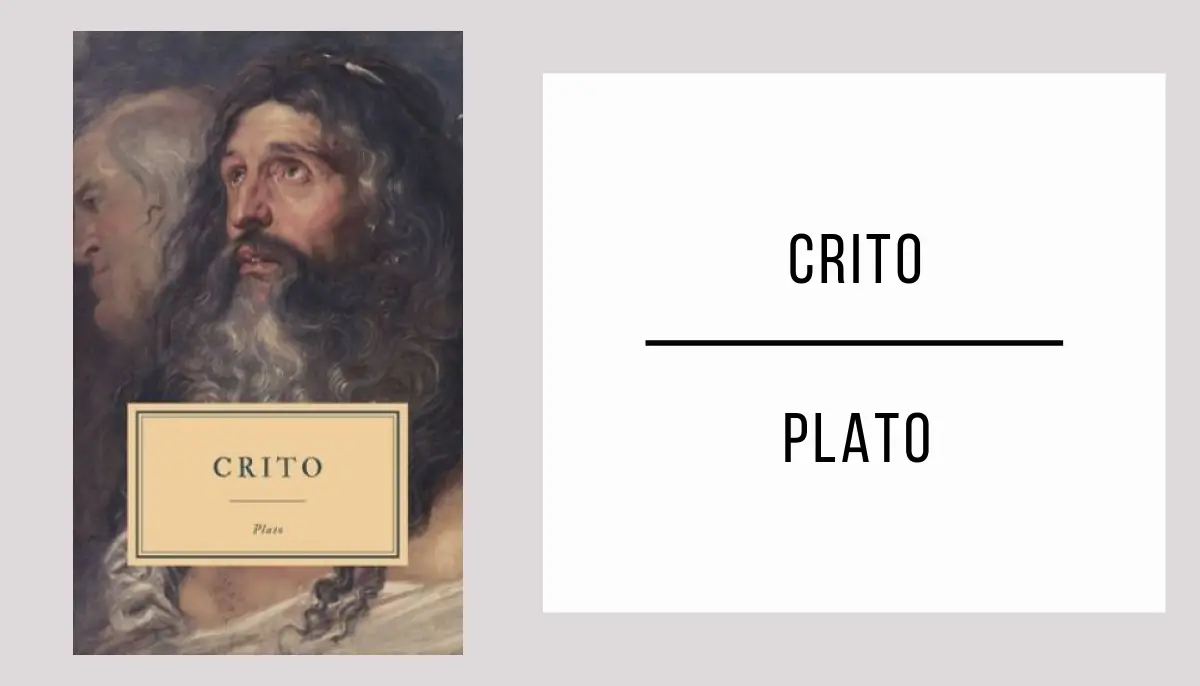
Crito by Plato is a philosophical dialogue that unfolds in prison, where Socrates faces death and discusses obedience to the law.
This classic tackles themes such as morality, justice, and personal responsibility, challenging the reader to reflect on ethical decisions in difficult situations.
Immerse yourself in the pages of Crito by Plato and discover how Socrates defends his principles with persuasive arguments, leaving a powerful impression on the importance of living in accordance with our deepest values.
8) Euthyphro
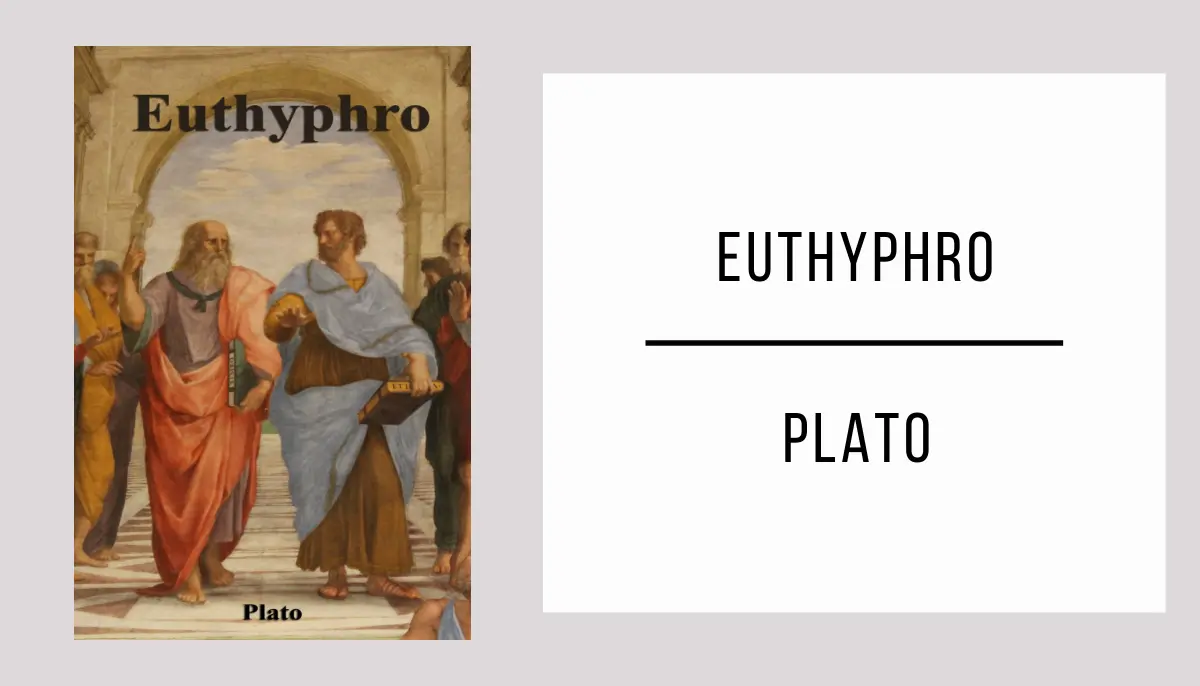
Euthyphro by Plato is a captivating philosophical dialogue that explores morality and justice through an encounter between Socrates and Euthyphro.
In Euthyphro, Plato examines fundamental themes such as the nature of piety and the role of the gods in human ethics, challenging our convictions and questioning our preconceived ideas.
Immerse yourself in the pages of Euthyphro by Plato and let yourself be carried away by its persuasive power as it invites you to reflect on morality and the importance of our actions.
9) Cratylus
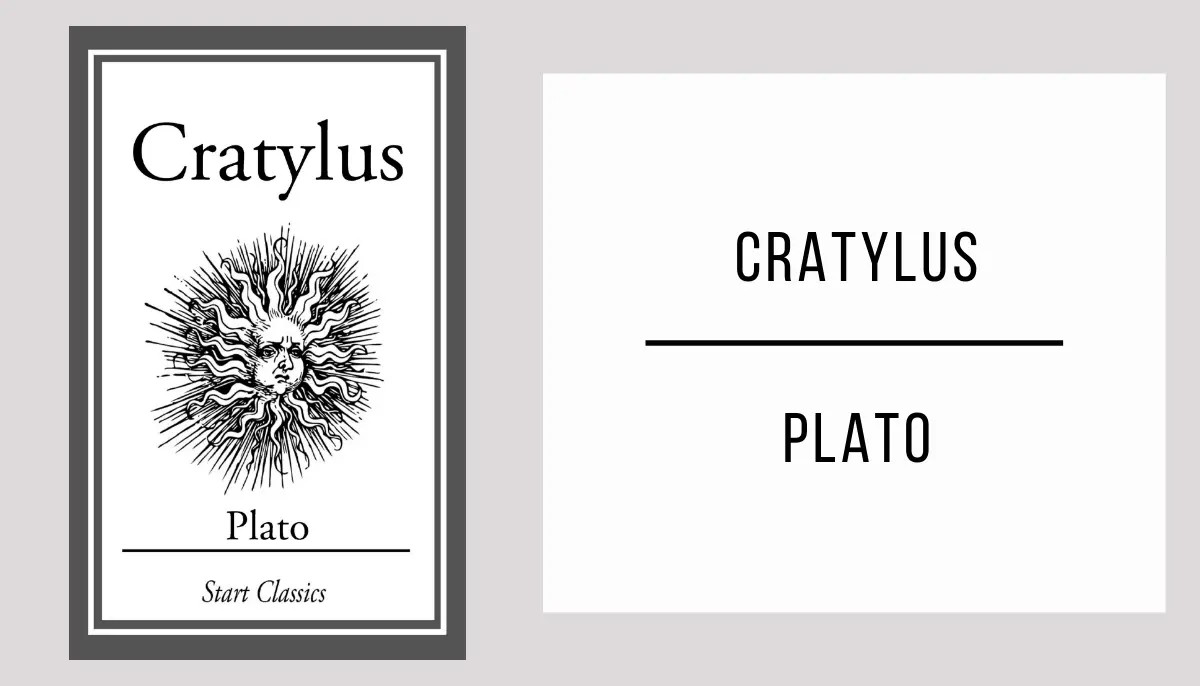
Cratylus is a fascinating philosophical dialogue where Plato explores the essence of language and its relationship with reality. Uncover the mysteries of the power of words and immerse yourself in a unique intellectual journey.
In Cratylus, Plato leads us into a profound reflection on the nature of language and its influence on knowledge construction. He explores themes such as truth, perception, and the relationship between language and reality.
Discover Plato’s brilliance in Cratylus and let yourself be captivated by his profound analysis of language and philosophy.
10) Ion
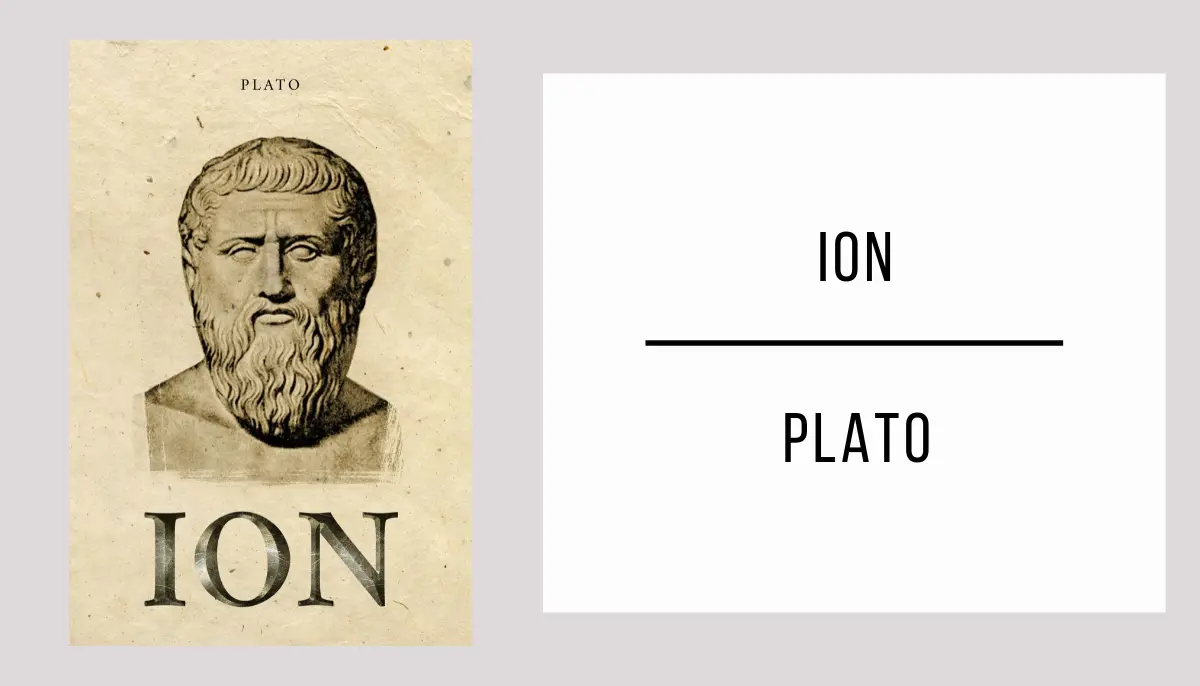
Ion is a philosophical dialogue written by Plato that examines the ability of Ion, a rhapsode, to interpret the poems of Homer and raises questions about the nature of art and divine inspiration.
Through its pages, Ion immerses us in a profound reflection on the relationship between art and the audience, exploring themes such as poetic inspiration, the influence of art on emotions, and the artist’s ability to convey knowledge.
Discover in Ion a captivating read that will challenge your preconceived ideas about art and lead you to reflect on the transformative power of words.
11) First Alcibiades
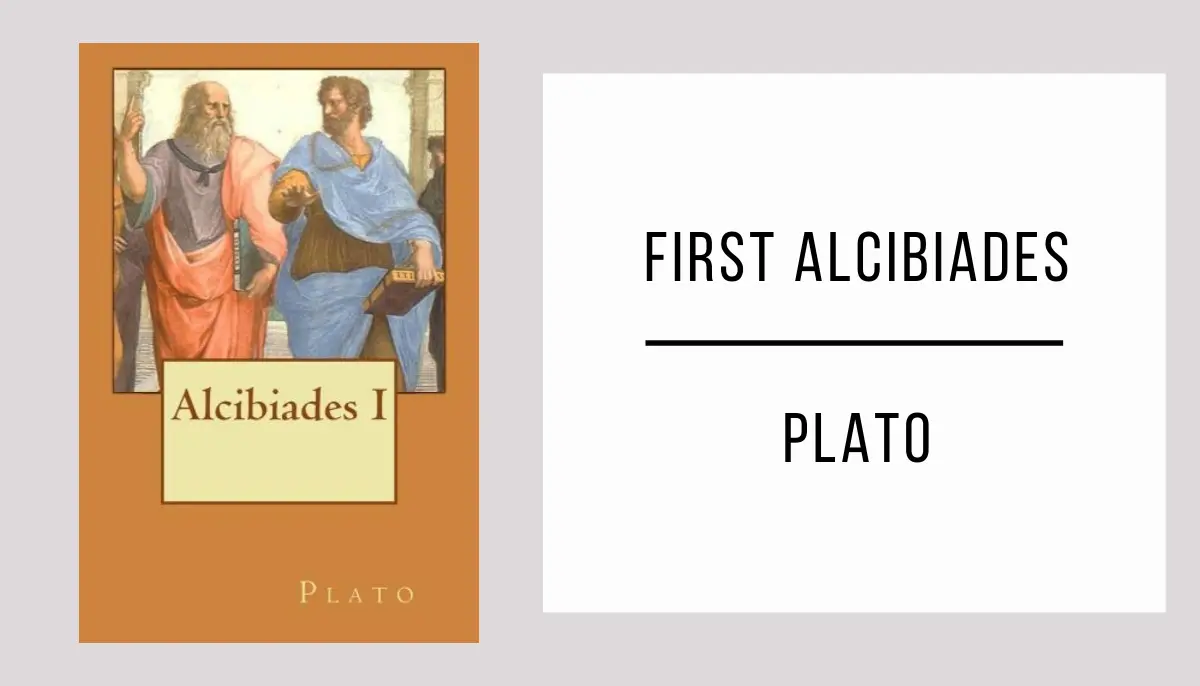
First Alcibiades is a philosophical dialogue by Plato that immerses you in the fascinating world of self-awareness and wisdom.
Exploring themes such as knowledge, political ambition, and the search for truth, First Alcibiades invites you to reflect on the importance of understanding ourselves.
Immerse yourself in the pages of First Alcibiades and let yourself be captivated by Plato’s profound exploration of human nature. Discover the timeless teachings that await you in this masterpiece of classical literature.
12) Charmides
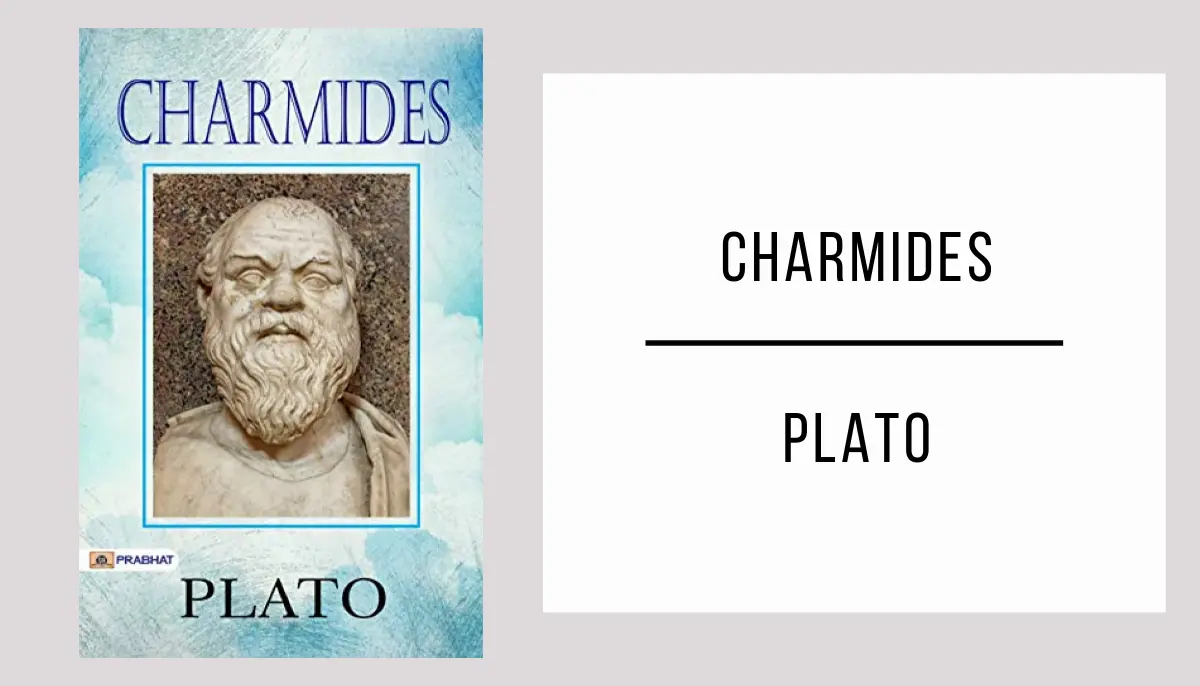
Charmides is a captivating philosophical dialogue that explores the essence of wisdom and virtue through an encounter between Socrates and the young nobleman, Charmides.
In this work, Plato addresses fundamental themes such as self-reflection, moderation, and the pursuit of knowledge, questioning the relationship between wisdom and virtue.
Immerse yourself in the depths of Plato’s philosophical thought through Charmides and discover timeless reflections on wisdom and virtue that remain relevant in our present-day society.
13) Euthydemus
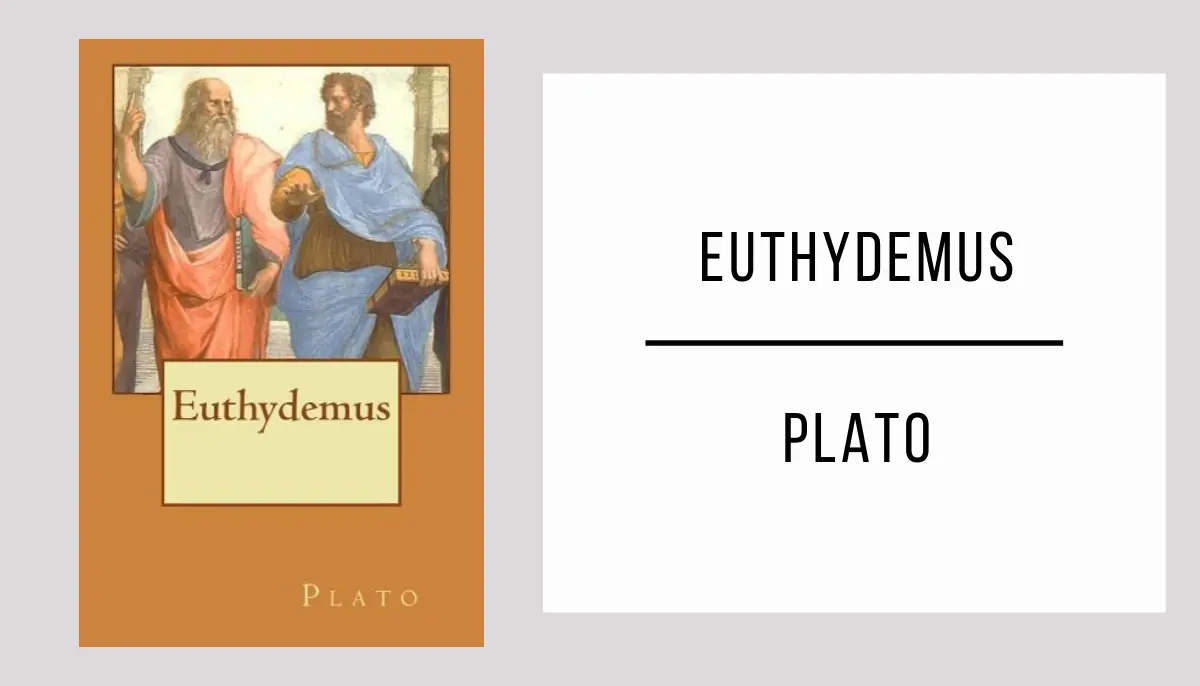
Euthydemus is a captivating philosophical dialogue written by Plato. Immerse yourself in a world of arguments and reflections as you explore rhetoric and human knowledge.
In Euthydemus, Plato examines the importance of argumentation and the distinction between true wisdom and superficial erudition.
Discover the brilliance of Plato and challenge your own ideas by reading Euthydemus. We invite you to explore the complexities of classical philosophy and expand your mind with this fascinating dialogue.
14) Menexenus
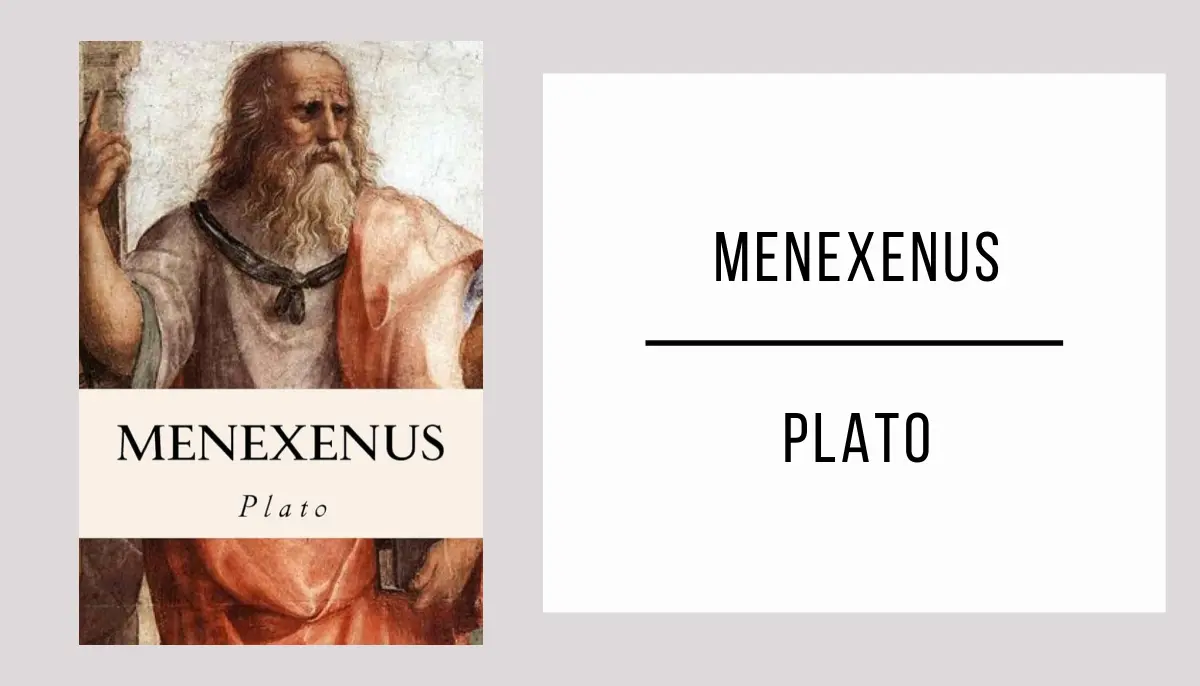
Menexenus is a philosophical dialogue by Plato that questions the authenticity of political speeches and the ability of orators to lead effectively.
In Menexenus, Plato explores themes such as political rhetoric, education, and ethics, emphasizing the importance of genuine education in shaping responsible leaders.
Immerse yourself in the depths of classical philosophy with Menexenus, where Plato challenges political conventions and invites you to reflect on the nature of truth and justice.
15) The Apology of Socrates
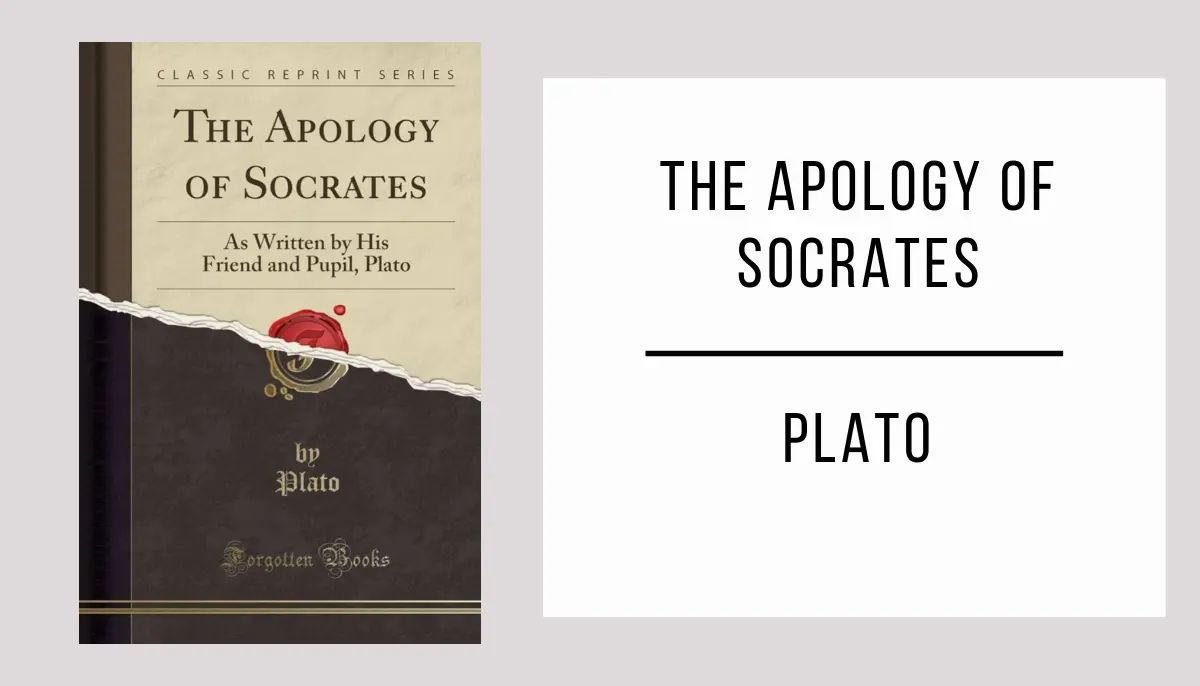
The Apology of Socrates by Plato is a fascinating narrative that recounts Socrates’ defense during his trial in ancient Athens, where he faces charges of corruption and contempt for the gods.
This book delves into profound themes such as philosophy, justice, and the pursuit of truth. Through Socrates’ persuasive dialogue, questions about social norms and the purpose of life are raised.
Discover the powerful arguments of Socrates and immerse yourself in an intellectual journey that will challenge your preconceived ideas. The Apology of Socrates invites you to expand your mind and reflect on the very essence of existence.
16) Phaedrus
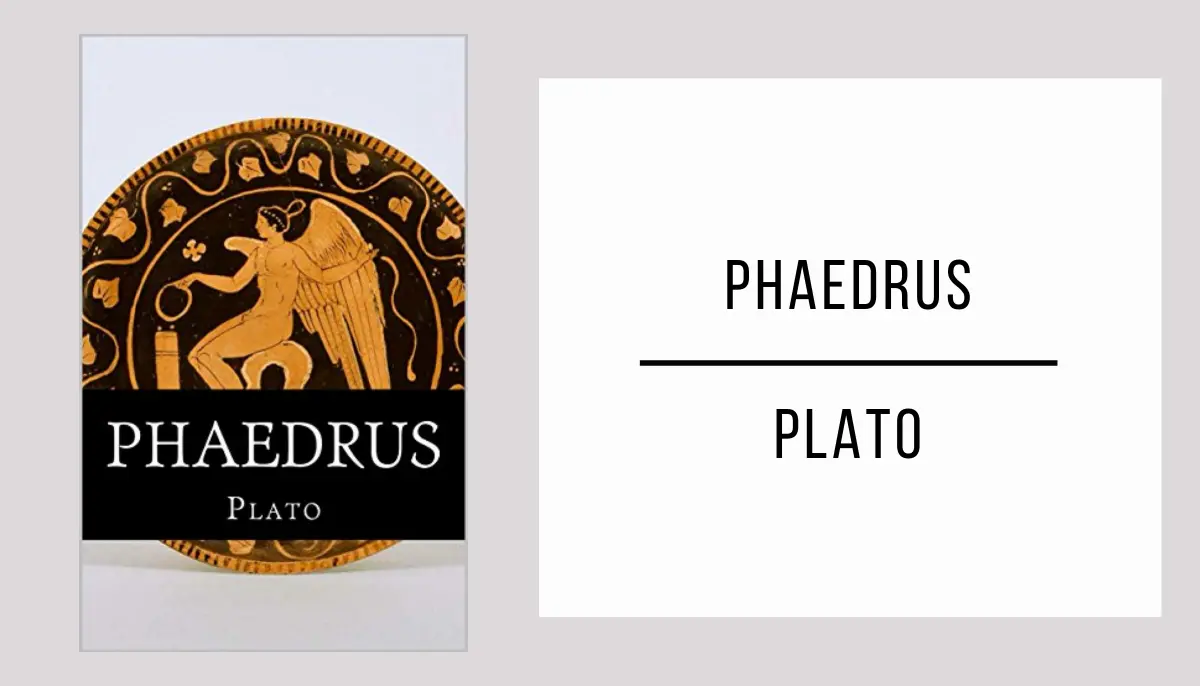
Phaedrus is a captivating dialogue by Plato that explores love, rhetoric, and the nature of the human soul, transporting the reader into a world of profound and revealing reflections.
Throughout its pages, Phaedrus examines the relationship between love and philosophy, emphasizing the importance of universal knowledge and effective communication. The book invites readers to delve into discussions on rhetoric, madness, and writing, revealing new perspectives on the human condition.
Immerse yourself in Plato’s words and be seduced by Phaedrus’s philosophical mastery. Discover how love and wisdom intertwine in a captivating dialogue that will challenge your preconceived ideas and invite you to reflect on the meaning of existence.
17) Critias
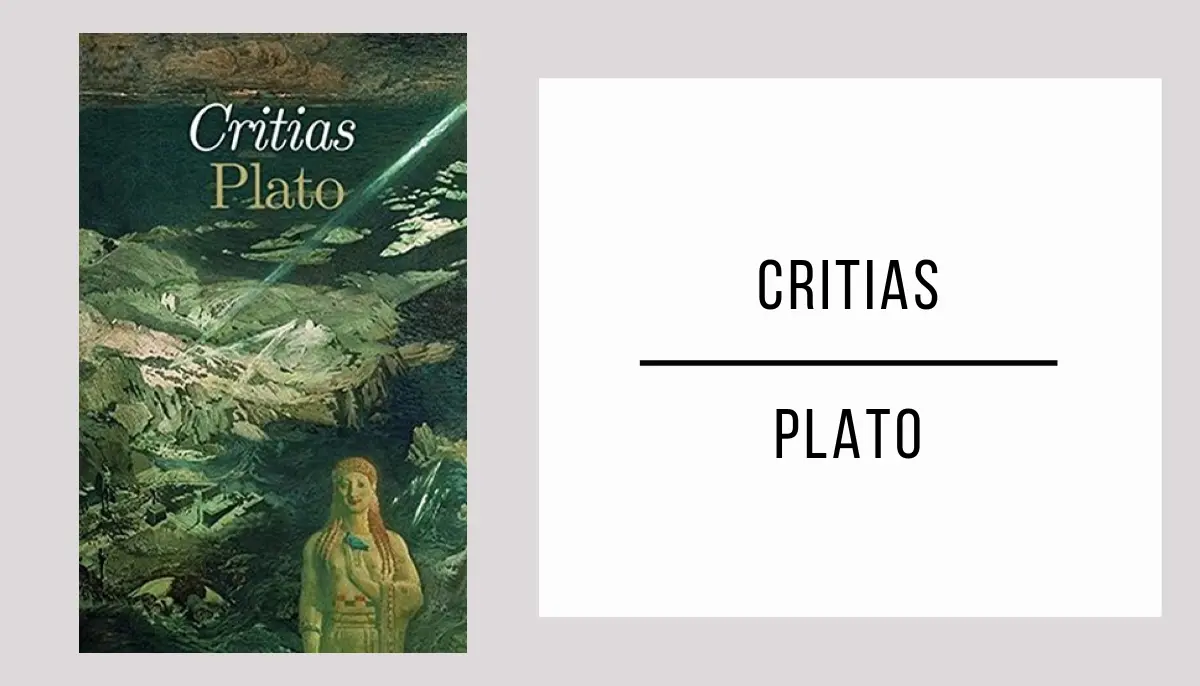
Critias by Plato is a captivating dialogue that immerses us in the enigmatic history of the mythical Atlantis and questions the nature of power and justice.
Through its pages, Critias invites us to reflect on themes such as political corruption, the quest for an ideal society, and the importance of wisdom in decision-making.
Discover the lost secrets of Atlantis and be captivated by Plato’s literary mastery in Critias, a work that will challenge your thinking and transport you to a world of intrigue and philosophy.
18) Laches
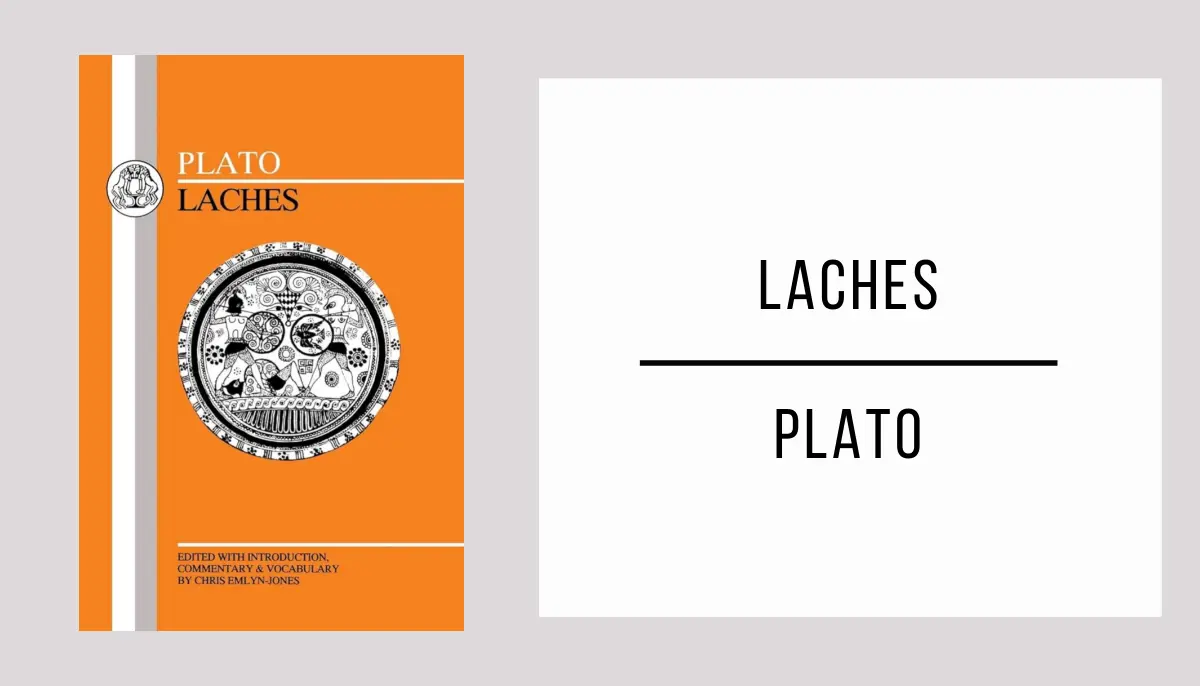
Laches by Plato is a fascinating dialogue that explores the essence of courage and the pursuit of moral excellence. Immerse yourself in this classic work filled with philosophical wisdom and ethical dilemmas.
Through the characters of Laques, Nicias, and Socrates, Plato examines different perspectives on courage and questions whether this virtue can be taught or is innate. The dialogue delves into themes such as ethics, wisdom, and the purpose of a virtuous life.
Don’t miss the opportunity to delve into “Laches” by Plato, a work that will challenge your ideas about courage and morality. Discover the timeless teachings of one of the great philosophers of history and enrich your mind with his profound reflection.
19) Lysis
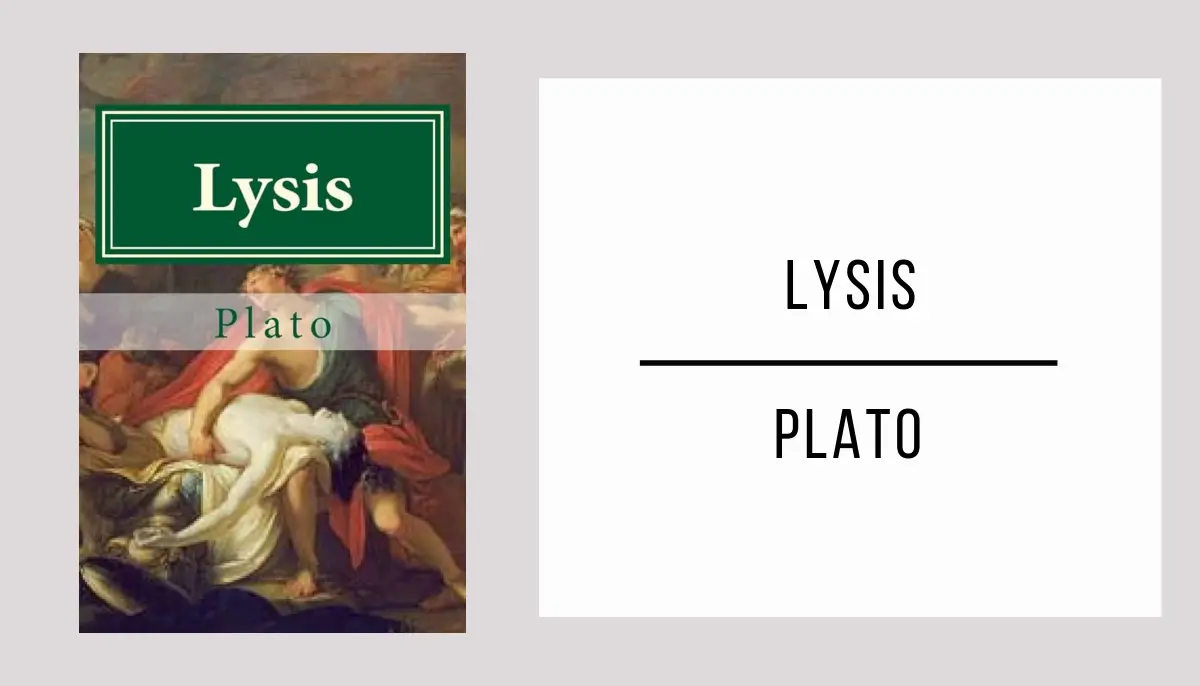
Lysis by Plato is a captivating exploration of love and friendship, where philosophical dialogues unveil the mysteries of human connection and the pursuit of wisdom.
Through its pages, Lysis addresses transcendent themes such as the meaning of true love, the essence of friendship, and the importance of self-knowledge, offering a profound reflection on human nature.
Immerse yourself in the pages of “Lysis” by Plato and let yourself be carried away by the brilliance of its philosophical prose. This classical masterpiece invites you to question and explore the bonds that unite us, challenging your conceptions of love and friendship.
20) Epinomis
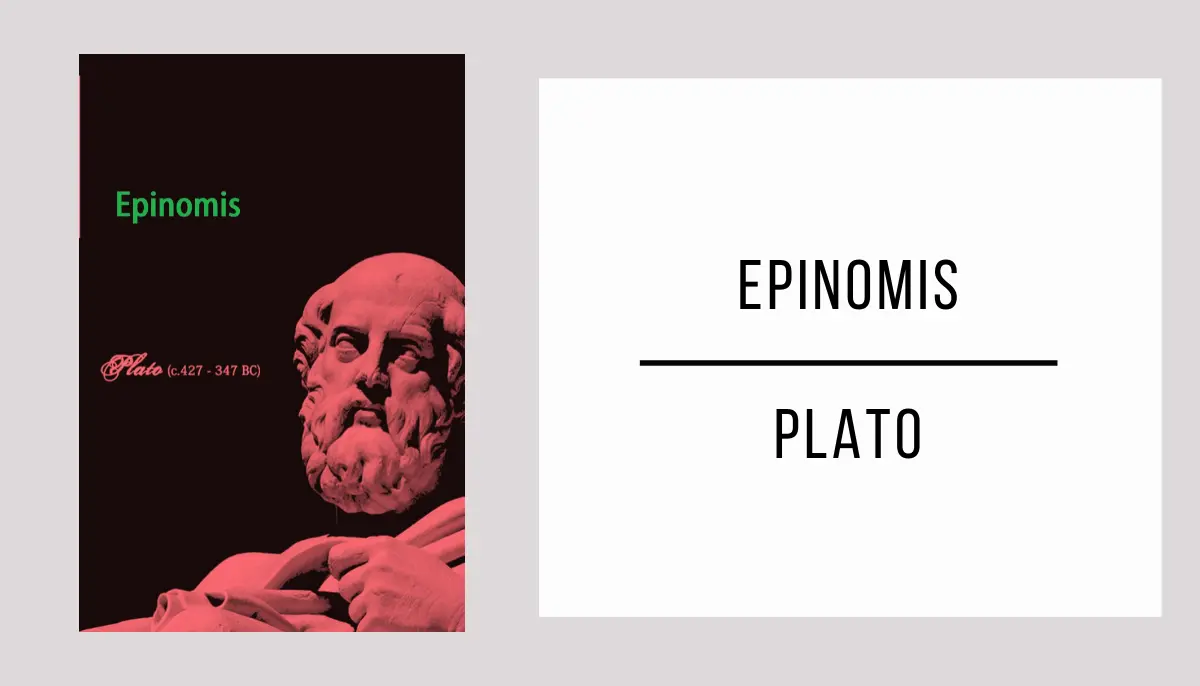
Epinomis is a philosophical work written by Plato that explores the essence of knowledge and morality, providing a unique perspective on the world and our existence.
In Epinomis, Plato delves into fundamental themes such as epistemology, ethics, and the nature of being. Through captivating dialogues, he examines the importance of reason and virtue in the pursuit of truth and happiness.
Immerse yourself in the pages of Epinomis and be captivated by Plato’s timeless wisdom. This book awakens the mind and invites you to explore the mysteries of human thought.
21) Protagoras
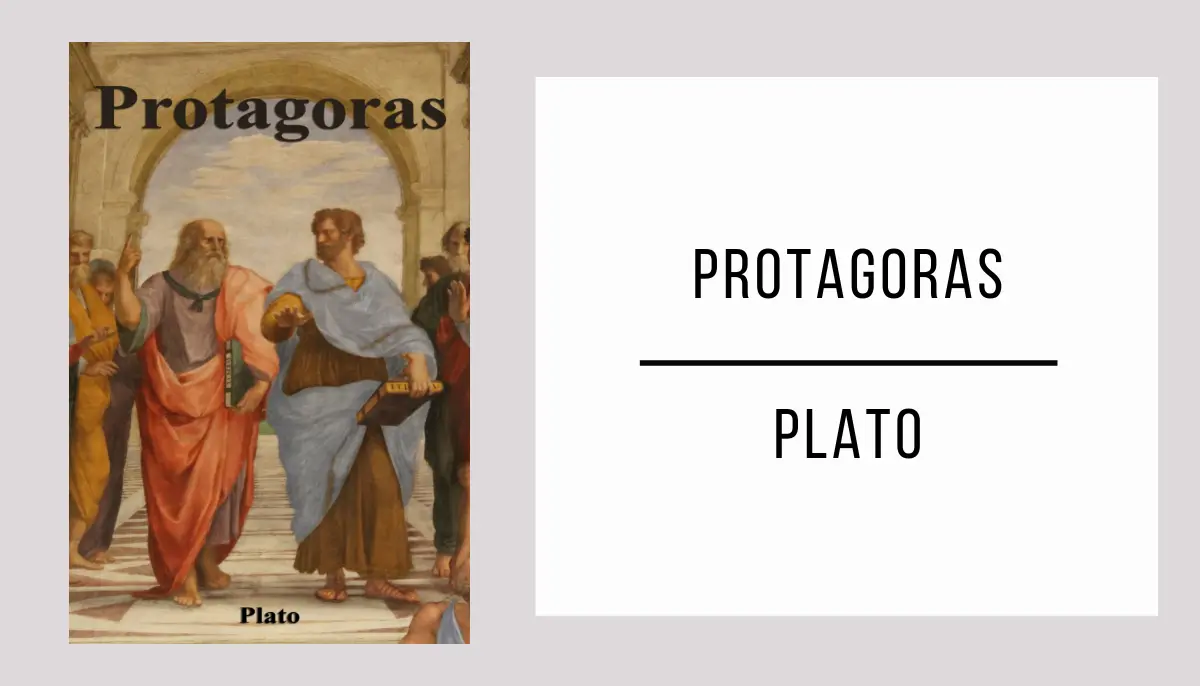
Protagoras by Plato is a philosophical dialogue that challenges your beliefs about virtue and knowledge, immersing you in a world of deep debates and transcendental reflections.
Thematically, this book explores moral education, the relativity of values, and the power of dialogue in the pursuit of truth, providing you with a unique perspective on classical philosophy and its relevance today.
Do not miss the opportunity to delve into the pages of Protagoras by Plato, where you will find an endless source of wisdom and an intellectual challenge that will invite you to question your own convictions.
22) Meno
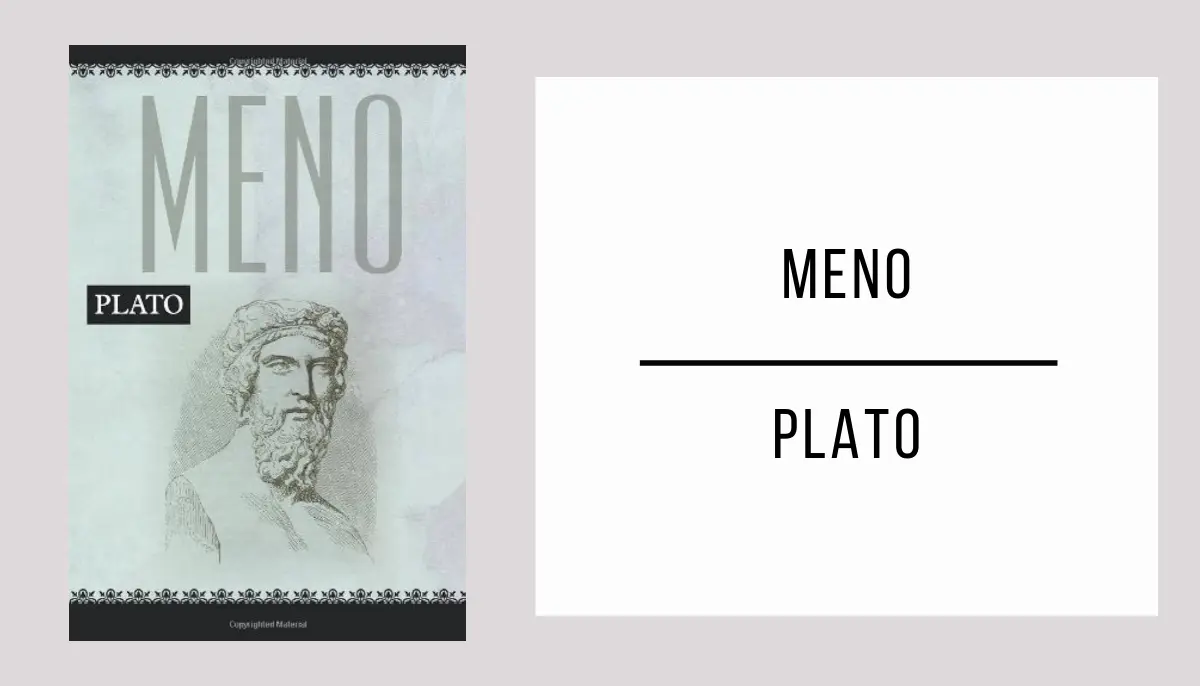
Meno by Plato is a captivating philosophical dialogue that questions the possibility of teaching virtue, exploring themes of innate knowledge and the nature of morality in enchanting prose.
This literary classic delves into Plato’s theory of recollection, suggesting the idea that knowledge is not acquired but remembered. Through ingenious arguments, Meno invites reflection on the nature of learning and virtue.
Don’t miss the opportunity to immerse yourself in the depths of Meno by Plato. Discover the timeless teachings of this philosophical dialogue and be captivated by the beauty of classical philosophical reflection.
23) Sophist
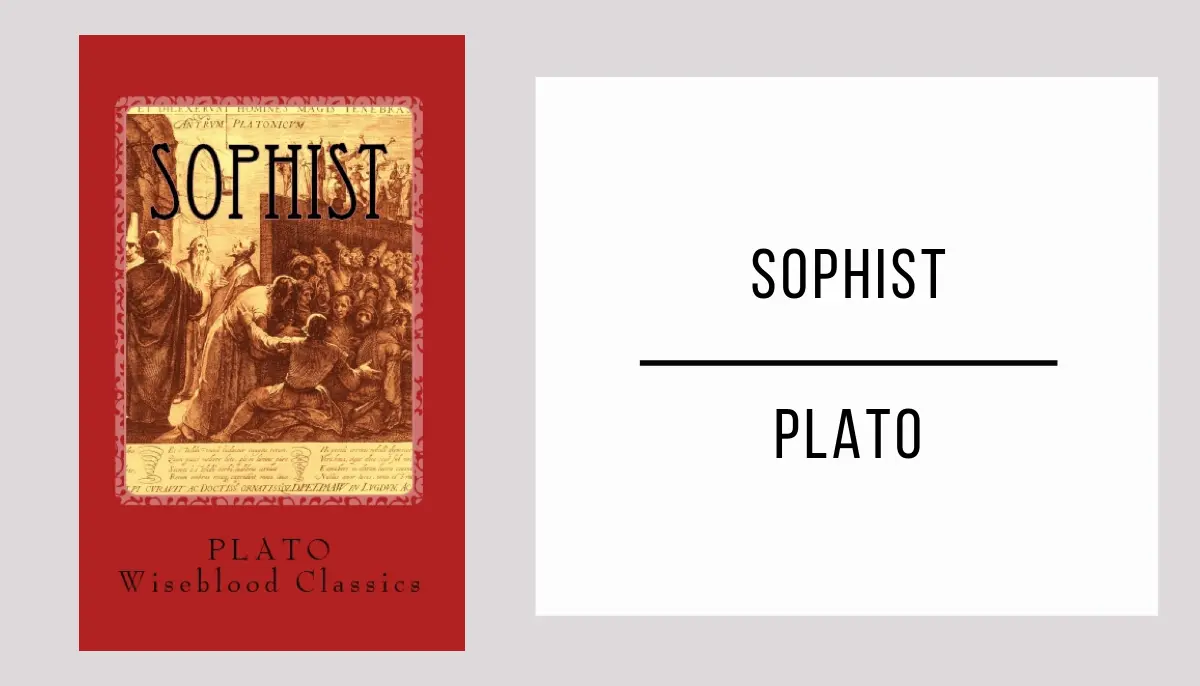
The Sophist is a captivating philosophical dialogue where Plato explores the nature of knowledge and challenges our perceptions of truth.
Through its pages, The Sophist immerses us in a profound analysis of sophistry, argumentation, and the quest for truth, questioning the relationship between appearance and reality.
Discover Plato’s fascinating reflections in The Sophist and let yourself be taken on an intellectual journey that invites you to question your own convictions and explore the limits of human thought.
24) Statesman
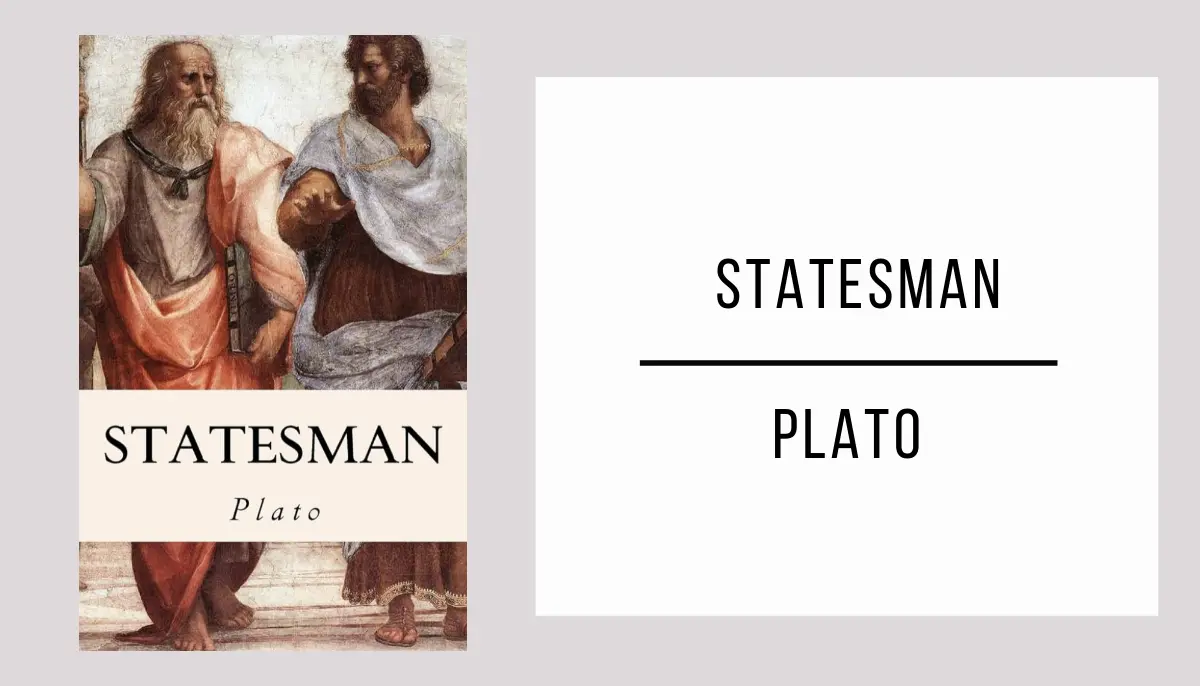
Statesman is a philosophical dialogue that explores the essence of the art of governance and the quest for an ideal political model.
In this book, Plato examines concepts such as political wisdom, justice, and citizen participation, providing a profound analysis of political philosophy.
Immerse yourself in Plato’s reflections and discover the foundations of politics through this captivating dialogue that invites you to think and question the system of government.
25) Philebus
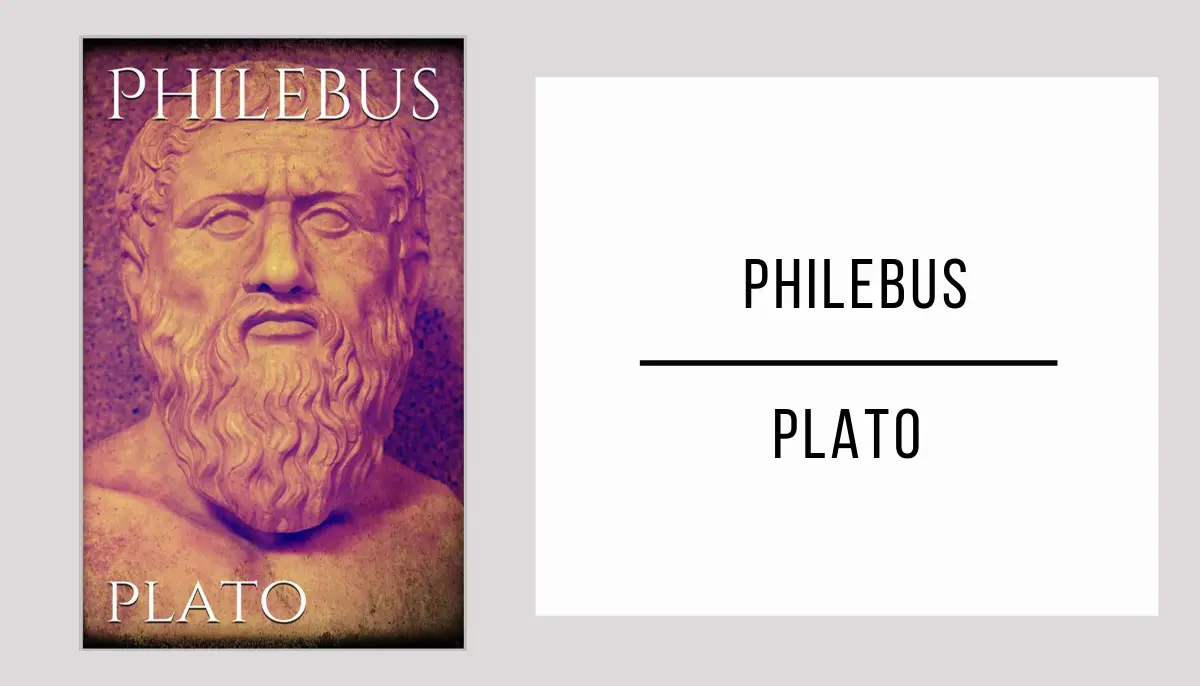
Philebus is a captivating philosophical dialogue that explores the balance between pleasure and intelligence in the pursuit of the good life.
Through its main characters, Philebus examines the relationship between enjoyment and wisdom, unraveling the complexities of happiness and the proper proportion between the two.
Immerse yourself in the depths of Platonic thought with Philebus and discover how pleasure and reason intertwine in the quest for a fulfilling existence.
26) Parmenides
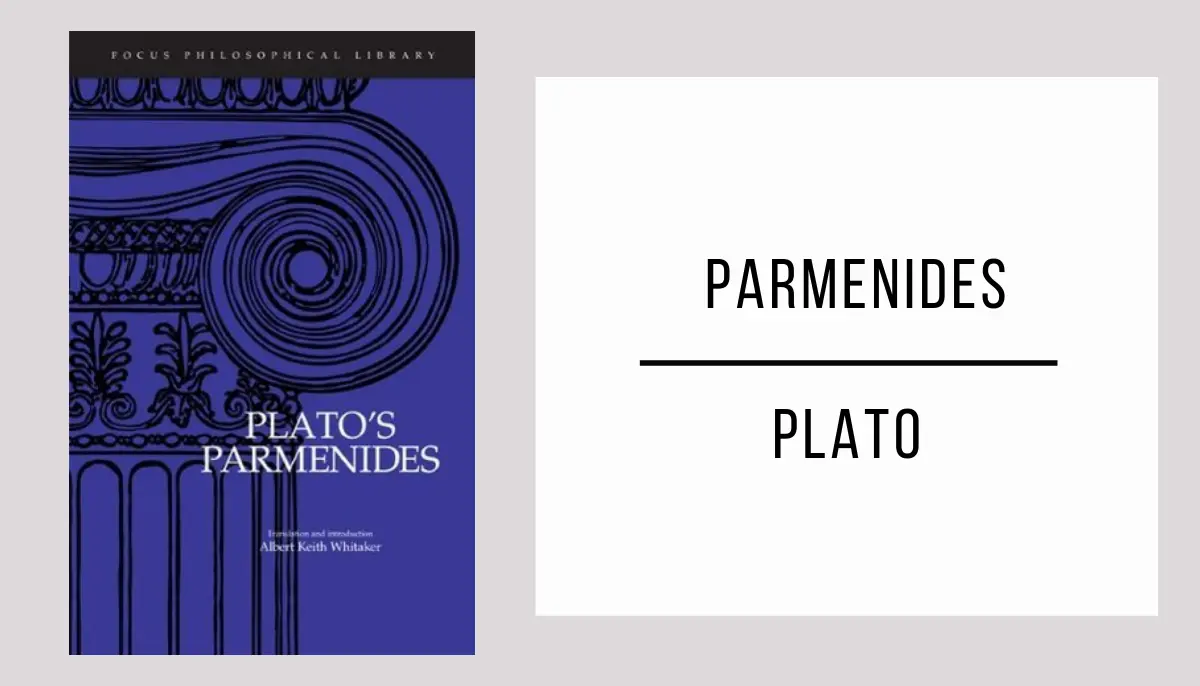
Parmenides by Plato is a philosophical dialogue that explores the nature of reality and existence through the reflections of Parmenides and Socrates.
Thematically, this book delves into ontology and metaphysics, questioning the relationship between the sensible world and the world of ideas.
Immerse yourself in Parmenides and be captivated by the timeless philosophical teachings that will challenge your thinking and enrich your understanding of reality.
27) The Laws
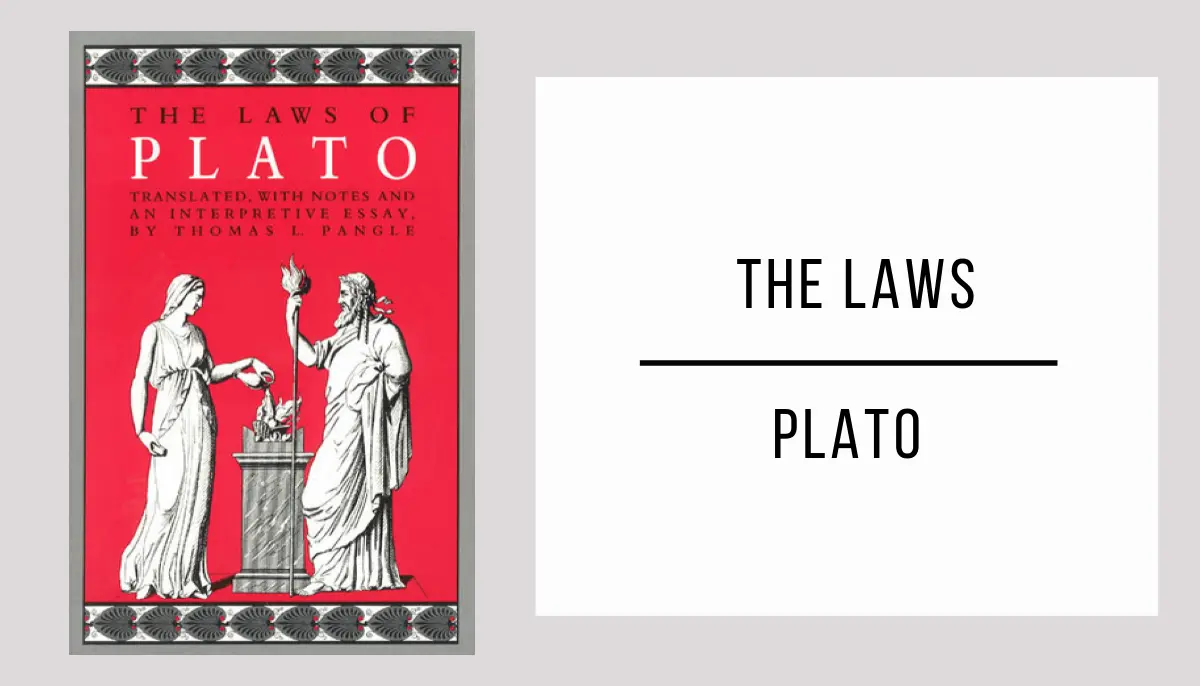
The Laws is a classical philosophical work that immerses us in a profound analysis of the creation of an ideal legal and political code. Through captivating dialogues, Plato invites us to reflect on justice, morality, and the structure of a just society.
In The Laws, Plato addresses transcendent themes such as education, religion, property, and government administration. He explores the importance of virtue and reason as foundations for a harmonious society and questions different forms of government and their impact on the lives of citizens.
Dive into The Laws and discover a world of deep and insightful philosophical thought. Through its pages, you will challenge yourself to question your own beliefs and explore the fundamental principles of society and justice.
28) Hippias Minor
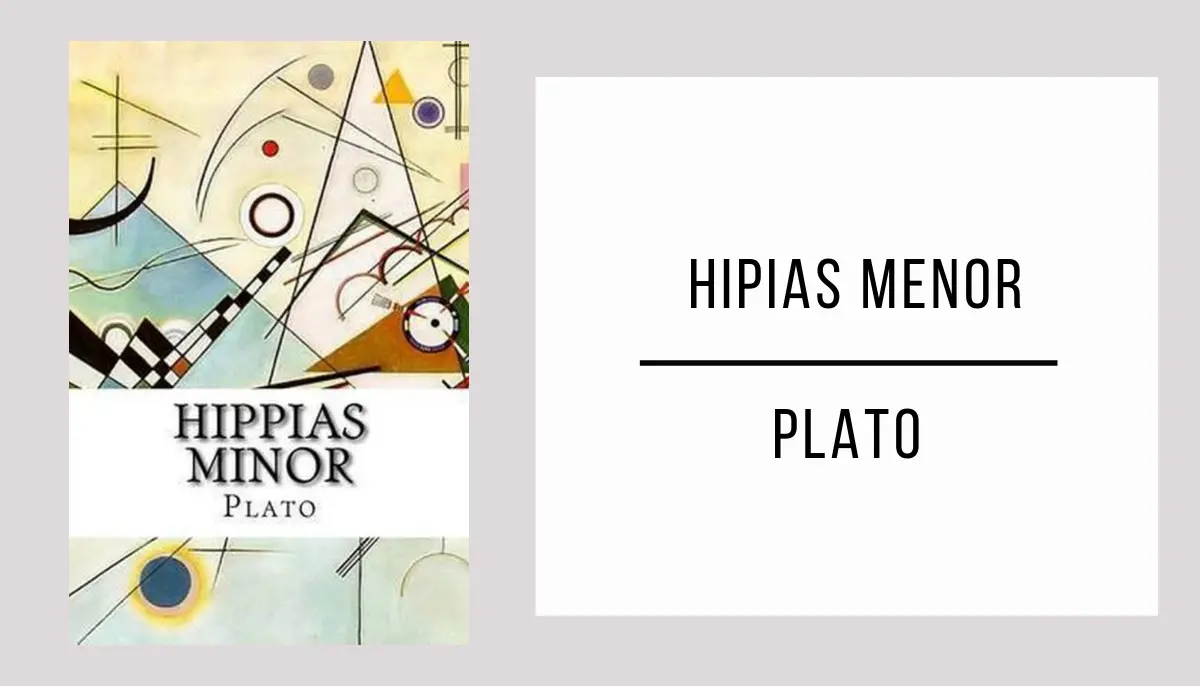
Hippias Minor is a captivating philosophical dialogue in which Socrates and Hippias explore the nature of moral goodness and wisdom, questioning conventional definitions and leading the reader into a labyrinth of questions without easy answers.
This book immerses us in a profound thematic analysis of virtue, morality, and the pursuit of knowledge. Through an engaging dialogue, Plato challenges our preconceptions and invites us to reflect on the foundations of ethics and wisdom.
Discover the fascinating world of classical philosophy with Hippias Minor. The intricate questions and the search for truth will keep you captivated from the first page.
29) Theaetetus
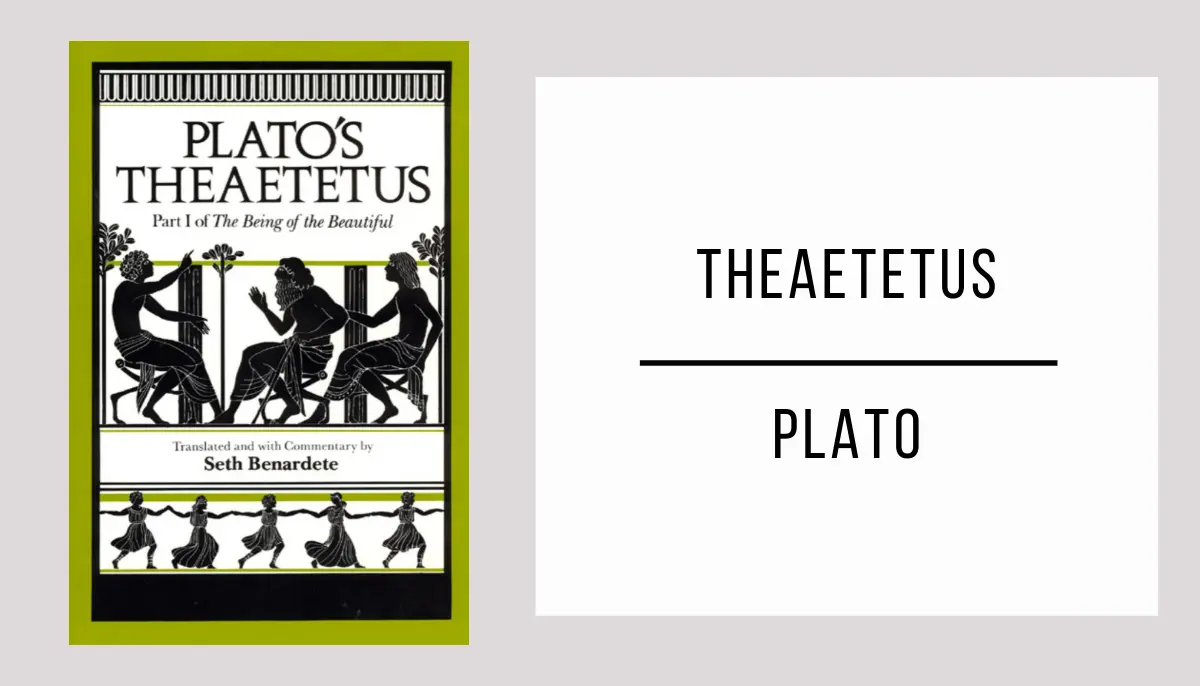
Theaetetus by Plato is a captivating philosophical dialogue that questions the nature of knowledge and the pursuit of truth.
Exploring themes such as epistemology and the relationship between appearance and reality, Theaetetus invites reflection on our perceptions and beliefs.
Immerse yourself in the pages of Theaetetus and let yourself be carried away by the intellectual challenge and the fascinating exploration of wisdom that this classic work by Plato offers.


